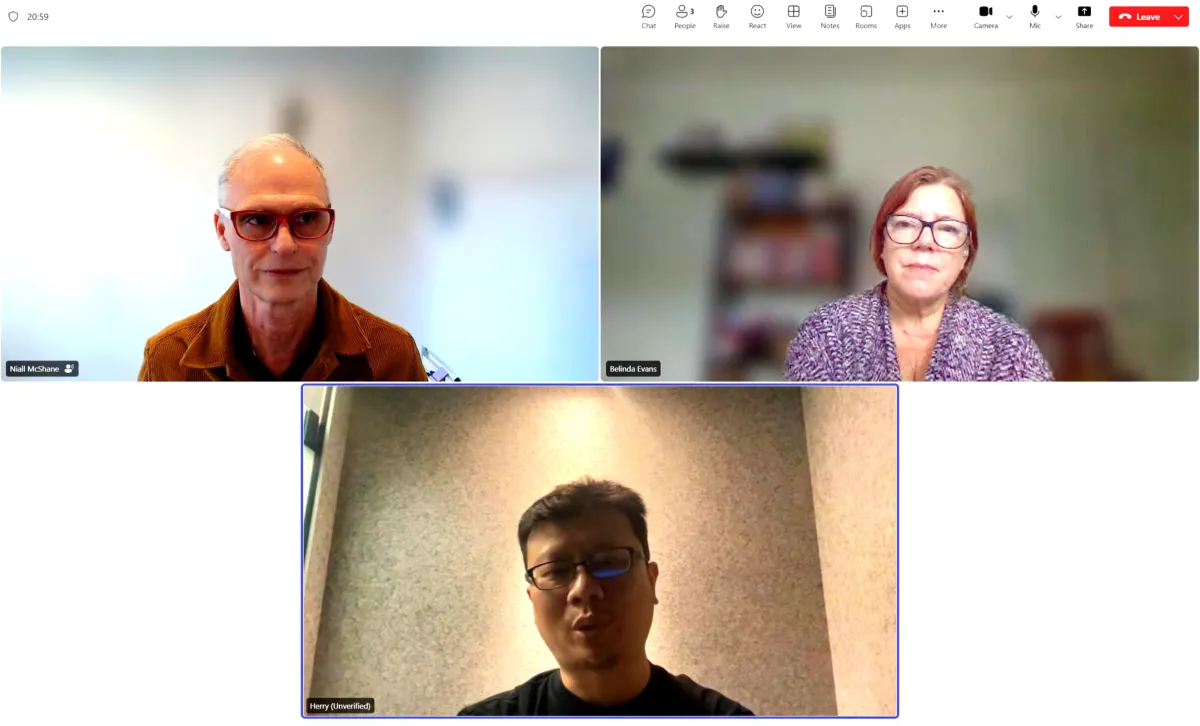
How a CPO Redesigned Decision Flow to Build Product Ownership
As an International Coaching Federation (ICF) accredited coach, I’ve spent thousands of hours coaching leaders and leadership teams. Across many organisations and industries, I hear the mantra repeated: “Leaders need to be coaches.”
It’s a great sentiment—but rare to see lived so authentically that it transforms the way an organisation works.
Last week, Belinda Evans and I had the privilege of speaking with Herry Wiputra, Chief Product Officer at hipages, who gave me one of the best real-world examples of “leader as coach” I’ve ever encountered.
A Bold Decision: Get Out of the Way
When Herry joined hipages, he made a decision that sounds simple but is anything but:
He refused to be the bottleneck for everything to do with product.
Instead of routing all conversations—strategic or otherwise—through him, he delegated authority to his product managers, giving them direct access to stakeholders. Even senior-level commercial and strategic conversations were theirs to own.
This was not abdication; it was empowerment. But it came with consequences.
Coaching on Two Fronts
Herry’s role shifted overnight:
Coaching Stakeholders – Many colleagues had never worked directly with product managers before. Herry had to help them understand how product works, how to frame problems, and how to engage constructively.
Coaching Product Managers – His team suddenly had to step into higher-stakes conversations with executives and business leaders. That meant lifting their commercial acumen, strategic thinking, and confidence in owning outcomes.
By getting out of the way, Herry created a new flow of information and problem-solving directly between those with challenges and those who could solve them. But he also accepted the harder, slower work of building the skills and confidence to make that new model thrive.
From Product Managers to Intrapreneurs
One of the most powerful ripple effects of Herry’s approach was the transformation of his product managers into true intrapreneurs—running their products like mini-businesses.
They learned to:
Build business cases for their own product initiatives
Engage in executive-level strategic discussions
Take ownership of commercial outcomes, not just delivery milestones
The result? A step-change in both empowerment and capability—teams operating with greater autonomy, deeper business literacy, and a stronger sense of ownership.
Why This Matters
What Herry demonstrates is the leadership shift required to move from project management mindsets—hierarchical, centrally controlled—to product management mindsets—high-flow, delegated authority, and empowered teams.
It’s not just about handing over decision-making. It’s about coaching at the system level: enabling people to navigate new responsibilities, develop new capabilities, and thrive in a model where autonomy and accountability go hand in hand.
This is leadership as coaching—not because the leader is running formal coaching sessions, but because they are actively changing their stance and behaviour to grow the people around them.
Your move:
If you’re a leader, ask yourself—are you holding onto control because it’s safer, or are you prepared to take the harder road of empowering others and then coaching them to succeed?


